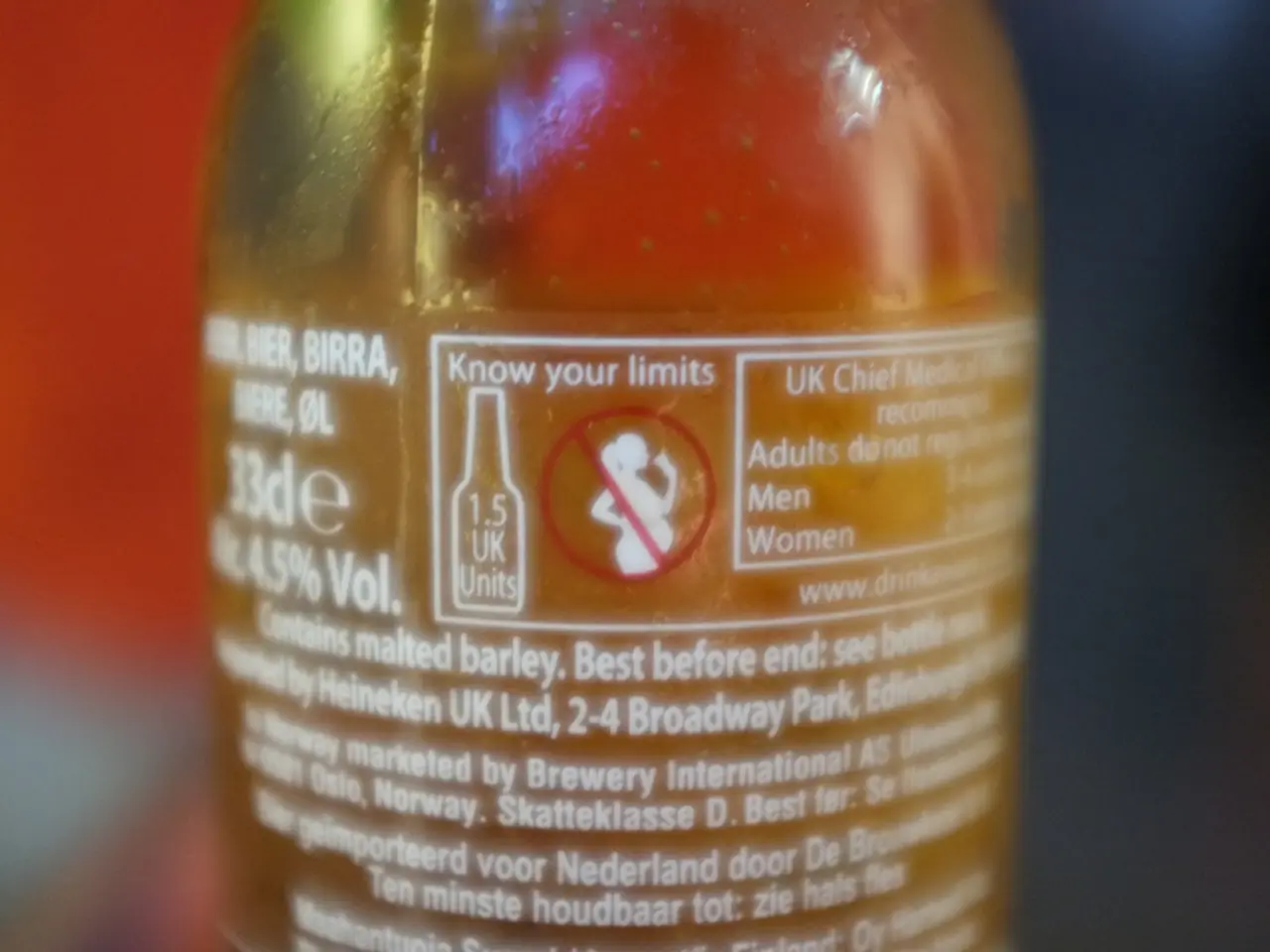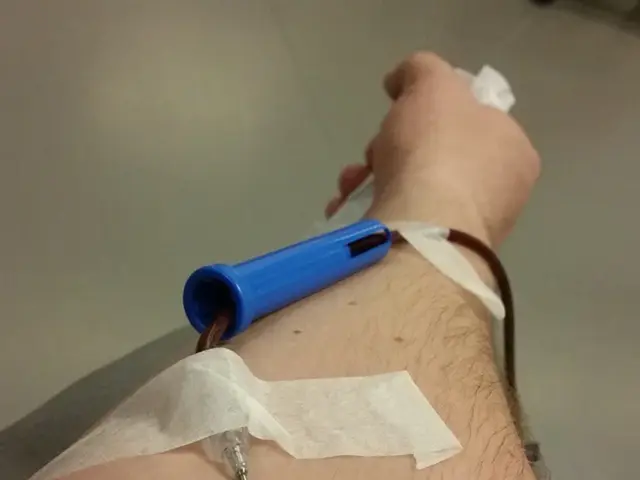Future Advancements in HIV Treatment Strategies
In a significant stride towards managing HIV, the Food and Drug Administration (FDA) has approved more than 30 antiretroviral drugs to treat the virus. These drugs belong to various classes, including Nucleoside Reverse Transcriptase Inhibitors (NRTIs), Non-Nucleoside Reverse Transcriptase Inhibitors (NNRTIs), Protease Inhibitors (PIs), Fusion Inhibitors, CCR5 Antagonists, Integrase Strand Transfer Inhibitors (INSTIs), and Post-Attachment Inhibitors.
The first treatment approved by the FDA for HIV was Zidovudine (ZDV), also known as azidothymidine (AZT), in 1987. Since then, scientists have been tirelessly working to develop safer and more effective treatments. By the mid-1990s, combining multiple medications from different drug classes was found to be more effective for treating HIV than using one medication alone.
In recent years, there has been a shift towards long-acting treatments. People without HIV may now receive monthly injections of cabotegravir (Apretude) as a long-acting Pre-Exposure Prophylaxis (PrEP). This offers a more convenient alternative to daily pills for HIV prevention. Similarly, the first long-acting injectable agents for the treatment and prevention of HIV were approved by the FDA in 2021, marking a significant advancement in HIV therapy with treatments requiring only two injections per year.
The combination drug regimen cabotegravir and rilpivirine (Cabenuva) is used for people with suppressed or undetectable levels of HIV. This highly active antiretroviral therapy (HAART) can reduce HIV to undetectable levels, making it untransmissible.
It's crucial to note that while there's currently no lasting cure for HIV, researchers are working on new treatments, including antiretroviral medications, stem cell transplants, and vaccines. If you test positive for HIV, your doctor may prescribe medications from two or more drug classes to lower the amount of HIV in your blood and delay or prevent symptoms of HIV.
Taking PrEP as prescribed may lower your risk of contracting HIV through sex by 90% and may reduce your risk of contracting HIV through injection drug use by at least 74%. If you're not taking PrEP and you've had a known or suspected exposure to HIV, your doctor may prescribe Post-Exposure Prophylaxis (PEP).
More work is needed to improve access to HIV prevention, diagnosis, and treatment services, as an estimated 13% of people with HIV do not know they have it. It's essential to talk with your doctor to learn about the latest PrEP or treatment options for HIV and to discuss whether and how often you should get tested for HIV.
Newer antiretroviral medications pose a lower risk of drug resistance and side effects than older options. With the advancements in HIV treatment and prevention, we are one step closer to a world where HIV is no longer a threat.
Read also:
- High recovery rate for over 90% of patients, asserts the head physician of Almaty's 32nd polyclinic, regarding mobile treatment groups.
- Bee colonies in Zirndorf city have been affected by American foulbrood - a designated restriction zone has been established - no immediate threat to local residents.
- Federal Health Care Blueprint for 2026 Revealed by OPM Outlining Key Strategies and Objectives
- Unveiling the Undiscussed Issues of Earbuds: Revealing the Silent Reality




